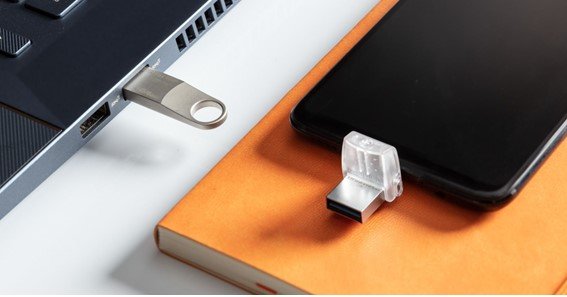Universal Serial Bus is the acronym for Universal Serial Bus. In 1996, serial bus technology was established to link computers to external devices. The particular feature back then was that the relevant gadgets could be connected to one another while in operation, which is something we take for granted nowadays.
Various changes have been made over all these years in these USBs. In terms of speed and data volume, both new and old versions have greatly expanded their capabilities. The USB standards and their specifications might be difficult to grasp, especially after so many revisions. This discussion shares the info on all the USB types and the ports connectivity that they support.
click here – Learnability In UX Design
What Changes Do USB Types Have?
We’ll go over things like what the difference is between USB 3.1 Gen 1 and Gen 2 and why Gen 2 is superior to Gen 1, as well as other useful details that will help you comprehend everything there is to know about USB standards. USB 3.0 was the third significant modification to the USB standard, and it was published more than 10 years ago in 2008.
It was a significant advancement over USB 2.0, which debuted in 2000 and had transmission rates of just 480 Mbit/s. Since then, we’ve progressed from USB 3.0 to USB 3.1 Gen 1, which is now the standard. As a result, USB 3.0 and USB 3.1 Gen 1 are interchangeable.
USB 3.1 Generation 1 vs. USB 3.1 Generation 2
There is no change in speed between USB 3.1 Gen 1 and USB 3.1 Gen 2. USB 3.1 Gen 1 has 5 Gbit/s speed, whereas USB 3.1 Generation 2 has a speed of 10 Gbit/s. The USB-IF wanted to rename the USB 3.1 Gen 1 and USB 3.1 Gen 2 by a variety of names that would have been preferable just for marketing considerations.
USB 3.1 Gen 2 has been renamed USB 3.2 Gen 2 and continues to offer 10 Gb/s. Theoretically, it can still handle 10 Gb/s. Before you get confused, USB-IF provides some context. The name USB 3.2 Gen 2×2 comes from the fact that it refers to multi-lane functionality in new USB 3.2 devices. It has two 10 Gb/s channels that deliver a total of 20 Gb/s.
Type B and Type C USB connectors
Although USB Type-B is not as popular as the other connection types, the square-like connector is still used in printers. This brief guide should perhaps assist you in navigating the perplexing world of USB. While the USB Type-C connector is currently used by many Android smartphones and tablets, the USB micro-B connector is still used by certain older smartphones and tablets.
As a reminder, the number following USB denotes the data transmission rate, while the latter denotes the connection type. USB 3.2 Gen 1 Type-A and USB 3.0 Type-A, for example, are the same thing, but USB 3.2 Gen 1 Type-C and USB 3.0 Type-A are not (both allow 5 Gb/s but have different connections).
USB Hubs
A USB input can be used to connect an external device. USB hubs function similarly to several plugs in a wall outlet, allowing multiple peripheral devices to be connected to a single port at the same time. The advantage is that when new devices are added, the wires do not need to be relocated. The number of accessible ports, as well as the kind of power supply and transmission speed, distinguish USB hubs.
On the one hand, USB hubs that use a passive power source are available if you take a look at Bulk Flash Drives 2GB. This eliminates the need of power supply from separate source, such as an external power supply unit. They’re also referred to as bus-powered. This implies that several devices, such as cellphones, may be connected to the power source at the same time.
click here – Understanding weekly and serial options in Australia
Conclusion
The USB ports can have differences based on the technology along with the performance they provide. Each port type is a specific connector that helps to connect different types of devices through the ports. If you need more info on USB types and port connections, ask us in the comment section.
FAQ’s
What is the purpose of USB type C?
USB-C cables may also transport electricity; they’re often used to charge mobile devices, computers, and even security cameras. The power output of a conventional USB-C connector is 2.5 watts, that’s the same as most USB-A connectors.
Is there a difference between USB 3.1 and USB 3.2 cables?
While USB Type-C, USB 3.1, and USB 3.2 are all commonly used simultaneously, they are not interchangeable. For USB 3.2 Gen 1 and Gen 2, both Type-A and Type-C connectors are utilized, and USB C is also used for the 3.2 Gen 22 connection.

